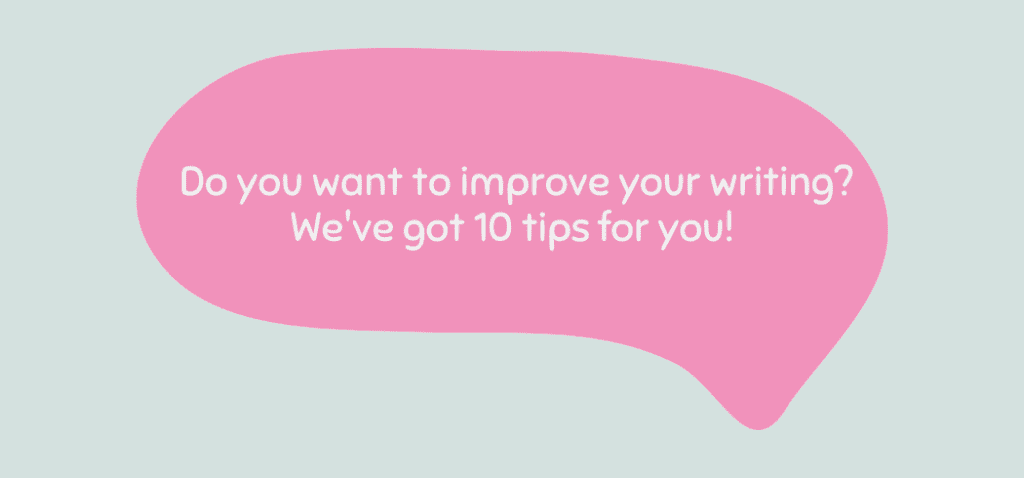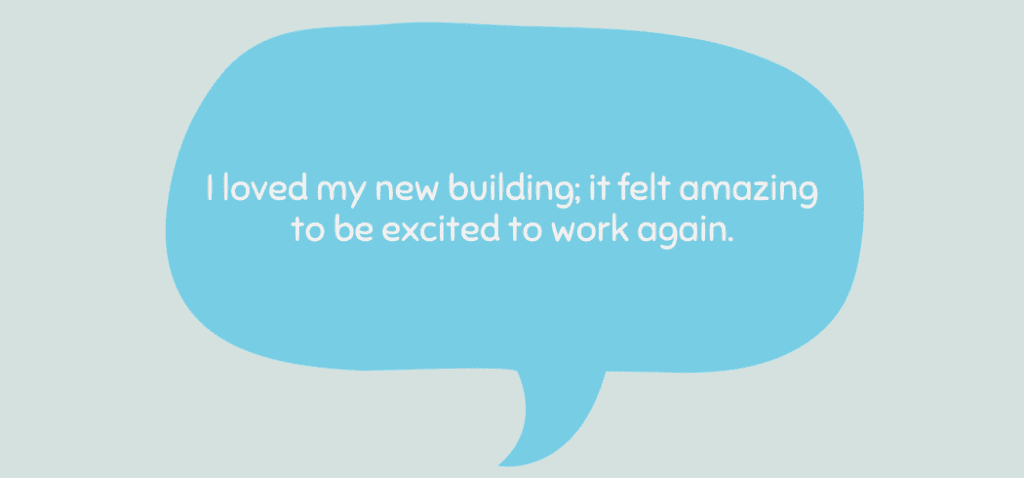Communication is a powerful tool, and if you can speak and write properly, it is much more likely you will be taken seriously.
These are the tenets of my classes, and when I have a group of students in front of me, I remind them constantly that proper grammar and punctuation (or otherwise) are likely the first things a future employer will see when they pick up their resume.
This simple punctuation guide provides the tips you need to apply basic proofreading techniques to your writing. Take your writing seriously and highlight to your audience that effective communication is a tool you can use.
How to Improve Punctuation

If you want to improve your writing, you need to know which tips provide the best use of punctuation.
When first contemplating punctuation, it can seem overwhelming and a bit confusing or difficult to apply to your writing. However, if you take each tip individually, it isn’t difficult to improve your understanding of how punctuation can make your writing more sophisticated.
I’ve put together 10 of the best tips for you to apply below. Look them over and apply them in steps as you proofread your own material.
#1 End Marks
End marks, or terminal marks, include periods, exclamation points, and question marks. They are placed at the end of every independent clause (otherwise known as a complete sentence) to indicate the thought is complete.
Periods are the most commonly used to complete a sentence, but exclamation marks are used to show surprise, excitement, or even anger. Question marks are used to show that a question is being asked.
For example:
- The kids brought their new fish home and placed it in the fish tank.
- I’m so excited to go to the concert tonight!
- Do you know when mom will be home?
#2 Commas
Commas are one of the most misused punctuation marks and are commonly a source of mistakes. The most important use of a comma is to join together two sentences.
A comma is used between two independent clauses joined by a conjunction. Conjunctions include words such as and, or, but, so, and nor.
For example:
- I am going to the city next week to run the marathon, and while there, I plan on visiting the art museum.
Commas are used to separate items and phrases in a list, as well as steps placed in a specific order.
For example:
- If you want to bake cookies this weekend, you need to clean the kitchen, come shopping with me, and make sure you clean up after baking.
Commas follow an introductory clause or long introductory prepositional phrase. This indicates that the following material provides the information needed to understand the larger sentence.
For example:
- If we are going to make the movie on time, we must leave within the next ten minutes.
It also can help offset information that interrupts an independent clause to include details that further the understanding of the sentence.
- All my cousins, including second cousins, were attending the family reunion.
#3 Apostrophes
An apostrophe is used to indicate the ownership or possessive form of another object.
For example:
- Please run upstairs and get Vanessa’s book for her.
- Jonathon and Erik’s beach vacation didn’t go quite as planned.
Apostrophes also indicate the omission of letters when forming contractions.
For example:
- It is = it’s
- They are = They’re
- We are = We’re
Apostrophes are not to be used to create plural nouns. However, there is one exception to the rule: apostrophes can be used to form plurals of lowercase letters.
For example:
- Always dot your i’s and cross your t’s.
#4 Colons
Colons can only be used when they follow a main independent clause and are followed by a dependent clause. They are used to direct attention to the completion of an idea, list, explanation, or quotation.
For example:
- I need you to grab some of my classroom materials for Monday: my laptop, the 11th-grade curriculum folder, and my grade book.
#5 Semicolons

Semicolons separate two independent clauses without the use of a conjunction. These must be two complete sentences of equal importance. If you could place a period in place of the semicolon, the sentences would still be correct.
For example:
- I loved my new building; it felt amazing to be excited to work again.
- The kids really enjoyed our summer vacation; they can’t wait to begin planning the next one.
Semicolons can also be used to separate items in a list that already include commas.
For example:
- On our road trip, we made stops in Las Vegas, Nevada; Denver, Colorado; and St. Louis, Missouri.
#6 Dashes
Em-dashes are used to offset information for emphasis. It draws attention to essential details that the reader needs to understand. Em-dashes should be used sparingly, or their use becomes obsolete. Limit their use to one per paragraph or one per page.
For example:
- We absolutely need to escape to the beach — it’s my happy place.
- Labor Day weekend was a well-needed break — work has worn me out.
#7 Ellipses
Ellipses should be used sparingly and only under the following circumstances: to omit irrelevant parts of a quote or to indicate a pause or trailing off of a character’s dialogue.
For example:
- “She didn’t like what she had seen and wished things had been different…but at least she was still able to grow from the experience.”
- Mary glanced at the clock, “What if they don’t get here on time…” she wondered.
#8 Quotations
Double quotation marks must be used to indicate direct quotes. Doing so provides the reference required for the reader to recognize the words are not the writers.
For example:
- My study of literature and science has made me appreciate the inspiring words of so many famous people. Einstein’s words, “Strive not to be a success, but rather to be of value,” are words I always keep in mind.
#9 Parentheses
Parentheses are used to offset nonessential information from complete sentences. This information adds detail to the sentence but, if omitted, does not change the understanding.
For example:
- I really wanted to start planning for our summer vacation (never mind, it was only October), but I needed to wait until I had a better idea of our budget first.
#10 Parallel Punctuation
Parallel punctuation rules refer to the use of the same type of punctuation mark within the main cause. Mainly, this means you shouldn’t mix and match commas, dashes, or semicolons.
For example:
- Correct: My students, ranging in age from 13 to 17, were excited about the film festival.
- Incorrect: My students, ranging in age from 13 to 17 — were excited about the film festival.
Let’s Review
Proper punctuation skills are essential steps to master in order to be taken seriously by those who read your writing. Punctuation marks provide the directions, per se, to a reader of how something should be read, offering where to stop, when to pause, and details to fully understand your message.
These top 10 tips provide the basic instruction for sentence punctuation and can be applied in steps when you are proofreading your own materials.
